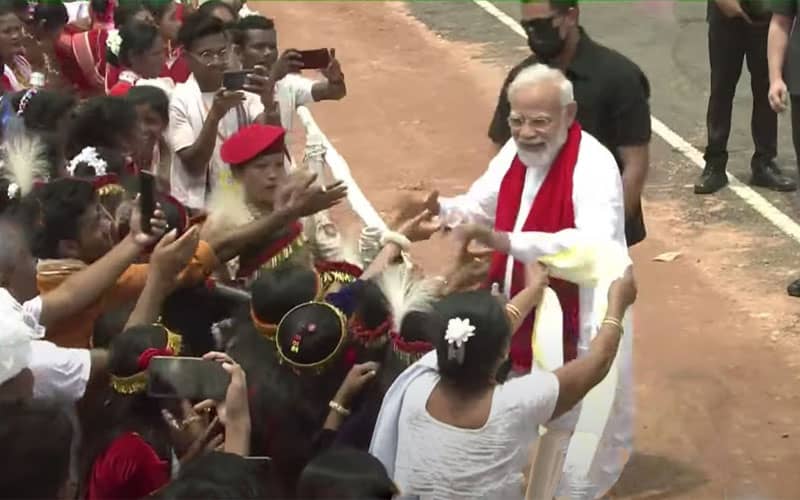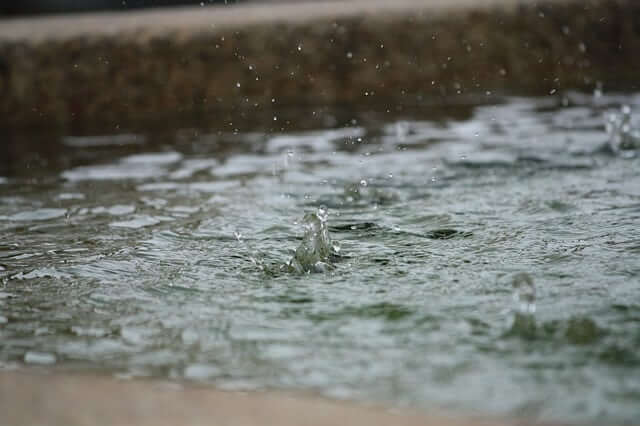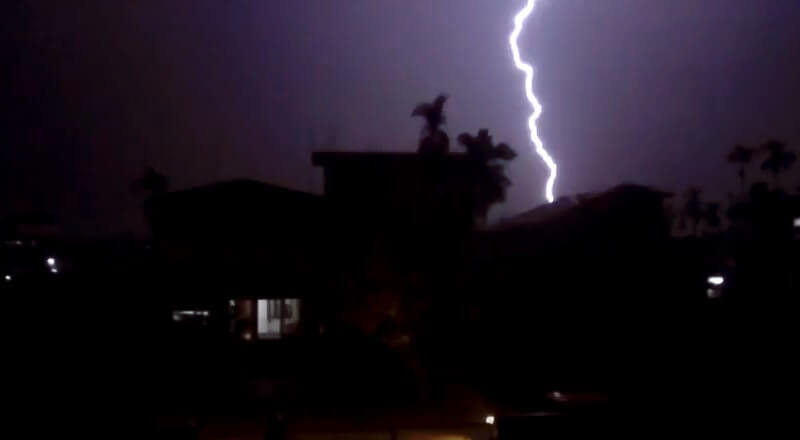Diphu May 2: Following the disputed originator of the Radio Telephony by G l Marconi and J. C. Bose, human society found multifold uses in one or two way communications.
It is a very influential world out there in terms of technology, innovations of use arising out of the terms dictated by the conditions of War, Peace and defense preparedness.
They all lead to manifold uses like a tool that can be used for a one or two way communication which can be used for nation building, promoting awareness of education and health sectors, improving the status of patriotism and so on.
The negative uses are in wars for delivering propaganda, mis- and dis-information over broadcast radio; while two-way radios are utilized for espionage.
Radio and War
Half of WW*II was fought over the radio waves amongst the western Allied forces, the Third Reich, Italy, and Japan.
War time uses the one way broadcast systems. War of the waves is not restricted to an active hostility across boundaries.
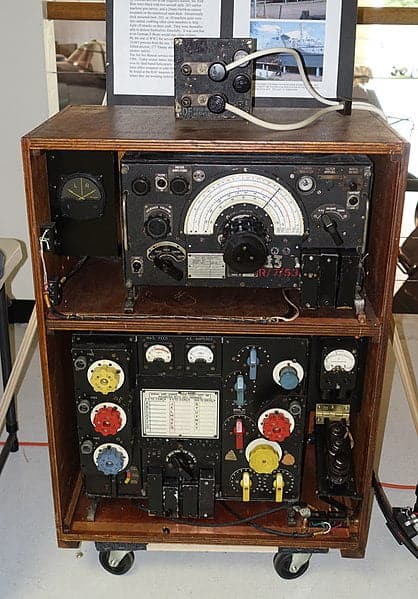
R1155 radio receiver, with DF indicator, and T1154L transmitter, British World War II radio equipment Collings Foundation Massachusetts. Image by Daderot, CC0, via Wikimedia Commons
Broadcast radio is very potent and a low profile ‘weapon.’ This is very cost effective and can be delivered from the safety of home base. Thus combatants will target the transmitters of broadcast systems.
Broadcast radio systems are a one-way communication tool of governments of all types, Democratic, Communist, and pirates, dissenters and others. The domination of the medium, short and long wave spectrum throughout the days of the year serves their purpose.
Normandy
The Normandy landing was co-ordinated to some extent by the British Broadcasting Service, BBC. It had a pre-arranged code for the operation alerting the allied secret agents in France in particular: the sleepers and the Resistance groups.
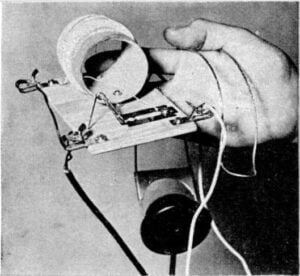
Foxhole radio from WW2. John W. Campbell Jr., Public domain, via Wikimedia Commons
The famous code has gone down in World War II history. “It is hot in Suez” followed by “The dice are on the carpet.” Both combined meant D day nearing and the invasion was imminent.
Cold War
World War II was followed by the Cold War. The cold war era was full of activities related to Radio Transmissions in propaganda on both the sides of the Iron Curtain.
While the B. B. C. or the Beeb, as known popularly sided with accurate news coverage, the American broadcast giant Voice of America along with Radio Free Europe kept up barrages of information aimed at the East Bloc countries.
Eventually, the Iron Curtain folded. In the national context of India, All India Radio, though much state controlled, became a tool for nation building. It performed well during the adversarial conditions with neighboring China and Pakistan from 1962 to recent times.
Indo-Pak
In the Indo-Pak hostilities, particularly in 1971, this media went on taking measures to counter the misinformation campaigns of Radio Pakistan, Dacca. Pirate Stations like Radio Sonar Bangla came up to keep up the morale of the resistance guerilla soldiers deep within East Pakistan, now, Bangladesh.
There was one moment to cherish: Radio Pakistan Dacca reportedly mentioned the sinking of the Vikrant, the only aircraft carrier of the Indian naval force. This was countered by countrywide reports about the blockade of the Bay of Bengal, for the news section of the AIR, news was news: accurate and informative.
Peacetime
The centralized news broadcasts from New Delhi were relayed through the regional transmitters over medium wave frequencies. It brought about a significant awareness level of the new agriculture regime during the Green and White revolutions in India’s countryside in rural perspectives.
The state sector AIR stations catered to songs and culture regime and did contribute to such spheres of the various communities across India. The importance and relevance of Radio has not died down. It is evident from the one way broadcasts of the Prime Minister of India.
Jamming
But, the Chinese with their belligerent stances on the Indo Chinese border are kicking up a ruckus with a dominant show through the radio waves in the HF and the medium wave bands with so many frequencies going on the air; the jamming of the frequencies where the BBC operated discouraged it enough to go into digital mode.
The most disturbing transmitters are located in Lhasa, Lhasa-Baiding, Beijing, Miaoli and so on. They rely on high powered transmitters to drown out any program from the western countries aired at that time.
Voice of America somehow counters this to air its Radio Farda and Mashal by using Tashkent and Udon Thani Transmitters. We must be aware of deeper strategic and tactical conditions that these moves from China may develop into.
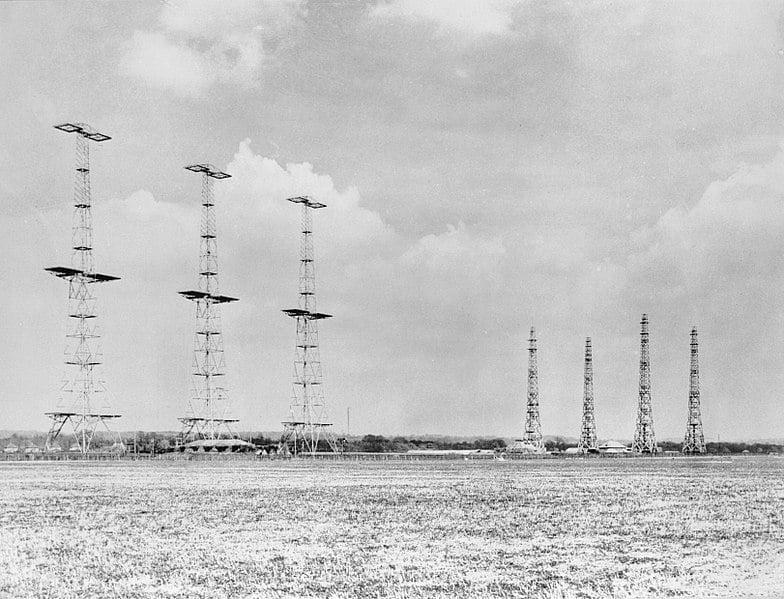
Chain Home radar installation at Poling, Sussex, 1945. CH15173. Royal Air Force official photographer. Royal Air Force official photographer, Public domain, via Wikimedia Commons


